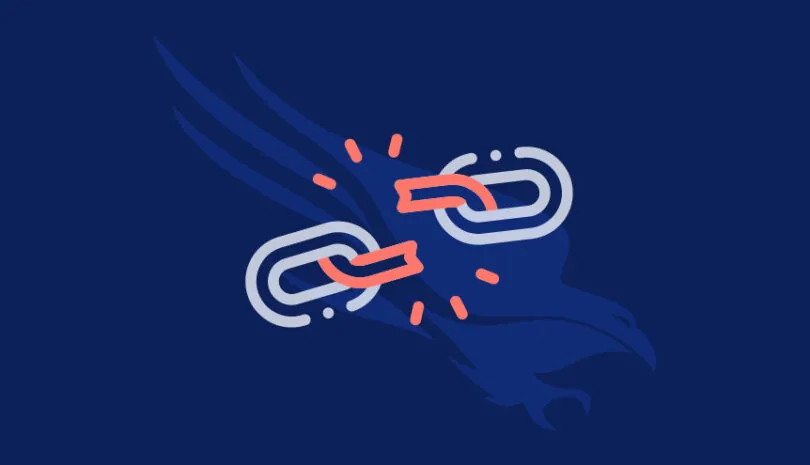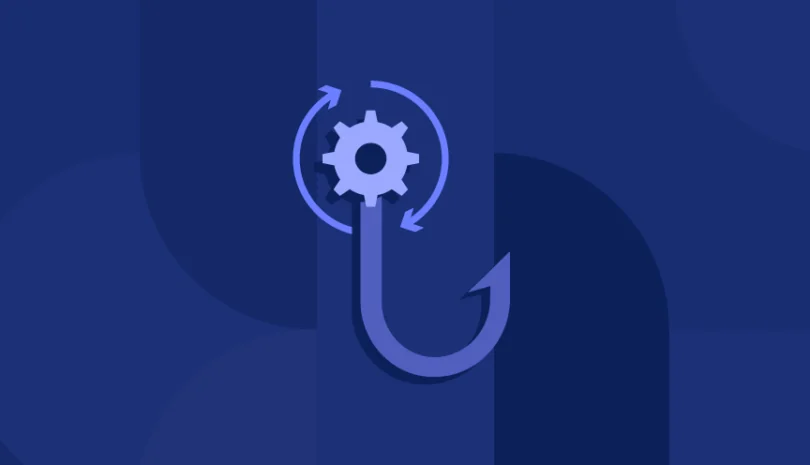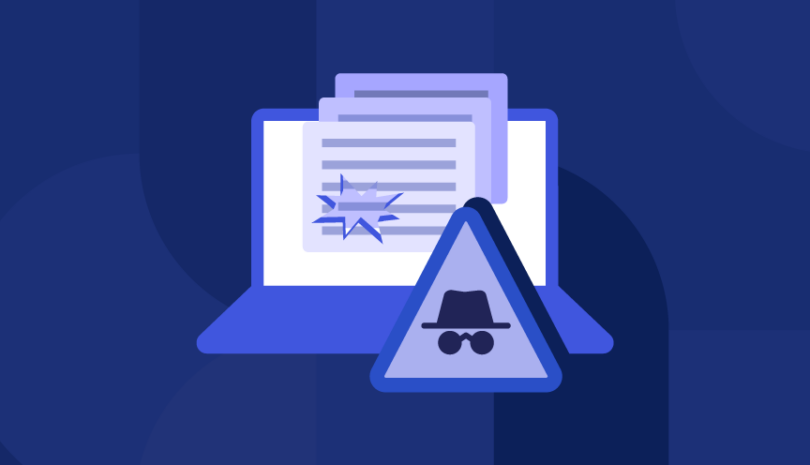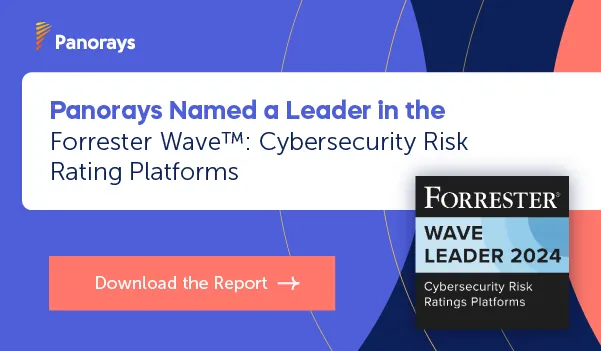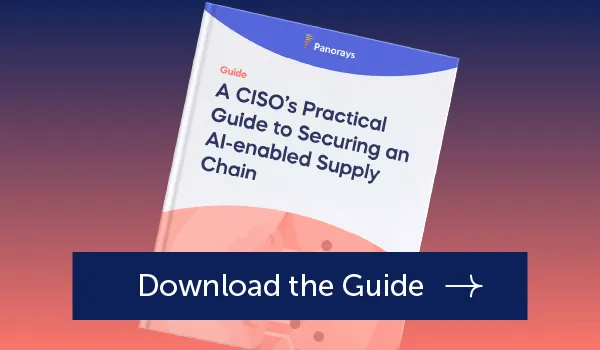According to studies from SharkSurfer, 41.6 million accounts were breached in the first quarter of 2023 alone. That includes recent big breaches such as file transfer tool MOVEit, telecom giant TMobile (which suffered two breaches, one in January and another in May) and HCA Healthcare.
Data leaks occur for many reasons. They can be malicious, such as data exfiltration, in which malicious employees steal sensitive company data for revenge or to gain compensation from cyber criminals. Company data could also be stolen either physically or electronically. The most common type of data leak, however, is accidental, either through human error, misconfigurations or unpatched vulnerabilities.
While most cyberattacks are a result of human error (95%), nearly half of all data breaches (46%) can be attributed to insider threats. Regardless of the type of data leak or its origin, it is essential for each organization to develop a data leak prevention strategy to protect its sensitive data and information.
What is Data Leak Prevention?
Data leak prevention is the process an organization puts in place to prevent data leaks or unauthorized use of data. This can be facilitated through the use of a data leak prevention solution that strengthens your network security and proactively detects malicious software designed to execute data leaks and also potential malicious insider threats. These tools can include but are not limited to: firewalls, Security Information and Event Management (SIEM) software, antivirus and anti-malware software, and Intrusion Detection and Prevention Systems (IDS/IPS).
In addition, a data loss prevention software can be implemented that monitors everyday activities and alerts your organization of any suspicious activity and recommends specific mitigation tactics to prevent data leaks. These can include tools such as Endpoint Detection and Response (EDR) and Endpoint Protection Platforms. Some of these tools also incorporate machine learning technology to detect sensitive data automatically.
What Type of Sensitive Data is Leaked?
Data security is more challenging than ever, with sensitive data gathered, stored and transferred on different platforms, devices and infrastructure. While PII, or personally identifiable information, remains the most prized sensitive data attackers are looking for, there are other types of data that they can use for malicious purposes.
Typically, the type of sensitive data attackers leak can be placed into four categories:
- Intellectual property, insider information or trade secrets. This may include marketing strategies and internal communications, in addition to patents and other confidential data your organization shares with only specific individuals.
- PII data. This can include sensitive information such as patient names, addresses, financial data, social security numbers, passport numbers, and other ID numbers as well as non-sensitive information such as religious beliefs, date of birth, race and gender.
- PHI or patient health information. Confidential data, such as medical health records and PHI (\ data, can be used as leverage for ransomware and other cyberattacks.
- Payment data. Customer data such as credit card information is especially valuable to malicious attackers looking for methods to withdraw cash from bank accounts.
Why is Data Leak Prevention Important?
According to IBM, the global cost of a data leak now stands at $4.5 million, increasing 15% since 2020. Beyond financial costs from the attack such as ransomware, organizations also face the cost of downtime and opportunity cost for IT, security, and other teams of your organization who must pivot quickly to focus on the attack rather than their daily tasks. Data leak prevention is the first line of defense in preventing these attacks.
Other benefits of DLP include:
- Remediating leaks or minimizing the amount of data leaked. Even when a data leak does occur, DLP can put security controls in place to prevent unauthorized access to your organization’s sensitive information in the future.
- Strengthening your cybersecurity posture and avoiding legal fees. Data leak prevention facilitates better cyber defense, minimizing data breaches and subsequent damage to a company’s reputation and customer trust. This also helps avoid any litigations against your company that are a direct result of a data leak.
- Helping you avoid regulatory fines. Many of the most common regulations such as PCI DSS, HIPPA, CCPA and GDPR require both the reporting of data breaches to customers and the payment of fines.
Data Leak Prevention Versus Data Loss Prevention (DLP)
Data loss is the one-way movement of data out of your organization as a result of natural disasters, malicious attackers or human error. Data leakage, on the other hand, is the transfer of data to the hands of unauthorized users, usually external parties. Organizations put similar controls in place for both data loss and data leak prevention.
While DLP solutions are focused on backup and disaster recovery, data leak prevention solutions are built with the concepts of zero trust risk management and the overarching goal of preventing malicious actors from gaining access to your sensitive data.
6 Common Data Loss Prevention (DLP) Strategies
Securing data on multiple channels, devices and infrastructures – including mobile devices, communication channels and desktop computers – is critical for organizations today. Since data security is key to both data loss prevention (DLP) and data leak prevention, you’ll want to make sure your organization is following best practices in its security policies.
Your DLP strategy should:
- Classify sensitive data. Your organization must understand how sensitive your data is before it can develop a strategy to protect it. Data classification can include the type of data (e.g. whether it is PII, PHI, etc); whether its use must comply with specific regulations; or internal company-specific classification.
- Consider data loss prevention technology. DLP solutions monitor endpoint actions, network traffic and data storage to report any suspicious activity to organizations. Many often include a data leak detection component.
- Manage and evaluate third-party risks. Check that your third parties are compliant with regulations that adhere to data security policies such as PCI DSS, and HIPAA and have their own data leak prevention strategies in place.
- Encrypt data. Data encryption is a basic defense against stolen data, so it should be used alongside these other best practices for data protection.
- Implement security controls. Permission controls such as multi-factor authentication and principles of least privilege (POLP) help to permit only authorized access to your organization’s data.
- Have a disaster recovery plan in place. This should include the steps your organization will need to execute to immediately lock down your business if necessary; where backup copies of data are in the event original copies are destroyed or stolen; and additional channels your organizations can use if a malicious actor is blocking other channels.
Improve Third-Party Data Leak Prevention with Panorays
With 328.77 million terabytes of data created each day, the inherent risk of data leaks is greater than ever. Panorays helps you detect the security risks that can lead to data breaches, such as failure to adhere to regulatory standards of third parties or changes to their cyber posture such as unauthorized access. In the case of a data leak in your supply chain, you’ll receive an immediate alert so that you can conduct a cyber assessment or send smart questionnaires to evaluate the third-party risk and determine your response to the event. Both these automated external attack surface assessments and smart questionnaires evaluate third-party risk, including the discovery of fourth-party connections to gain full visibility of your extended digital supply chain.
Learn more about how you can defend against data leaks with Panoray’s extended attack surface monitoring.
FAQs
Data leak prevention is the process and strategies an organization implements to protect sensitive information or data from leaking from the organization to the public. Many organizations implement data leak prevention strategies that include evaluating third-party risk, identifying and classifying data, encrypting data, and continuously evaluating permissions, as well as implementing data leak prevention technology.
An example of a data leak is the one that HCA Healthcare sustained this July, one of the biggest healthcare data leaks in history. Data was leaked from over 11 million patients, including patient names, addresses, email, telephone numbers and the data of the patient’s next appointment. The company claimed that no payment data or medical information was leaked and that it did not impact their operations or finances. The hacker’s motivation was to extort HCA for money.
An example of a data leak is the one that HCA Healthcare sustained this July, one of the biggest healthcare data leaks in history. Data was leaked from over 11 million patients, including patient names, addresses, email, telephone numbers and the data of the patient’s next appointment. The company claimed that no payment data or medical information was leaked and that it did not impact their operations or finances. The hacker’s motivation was to extort HCA for money.

